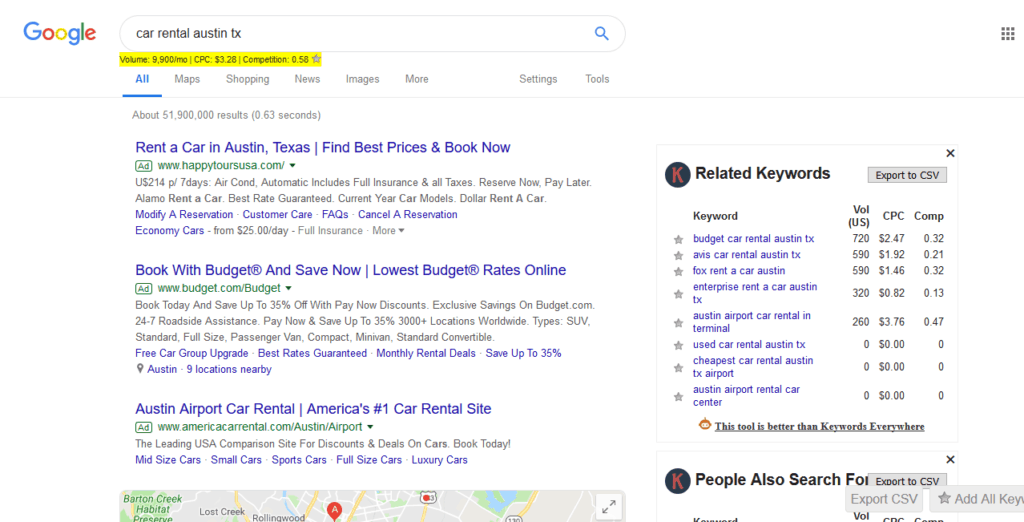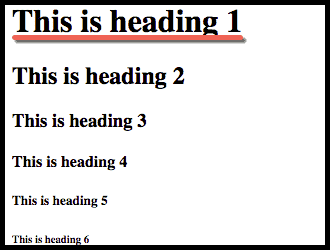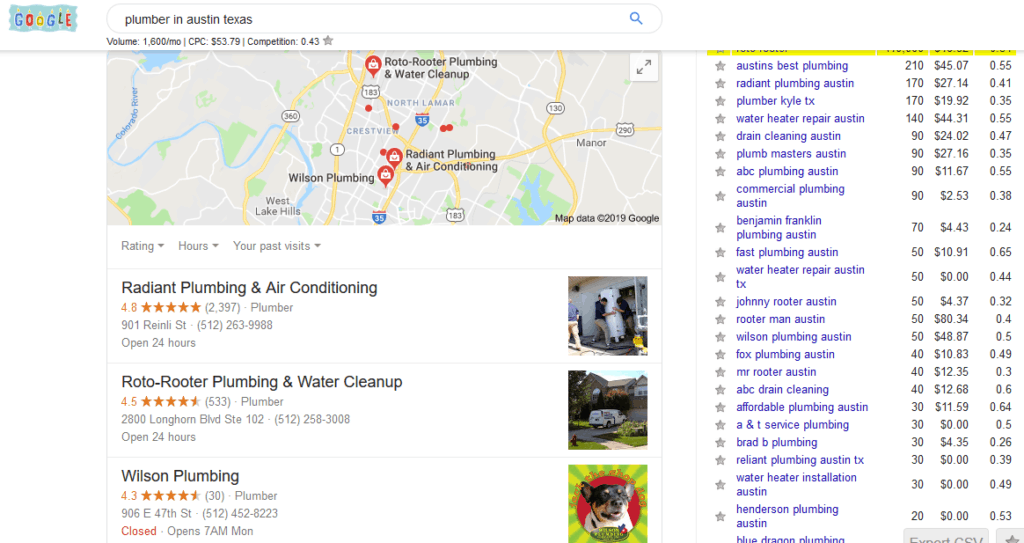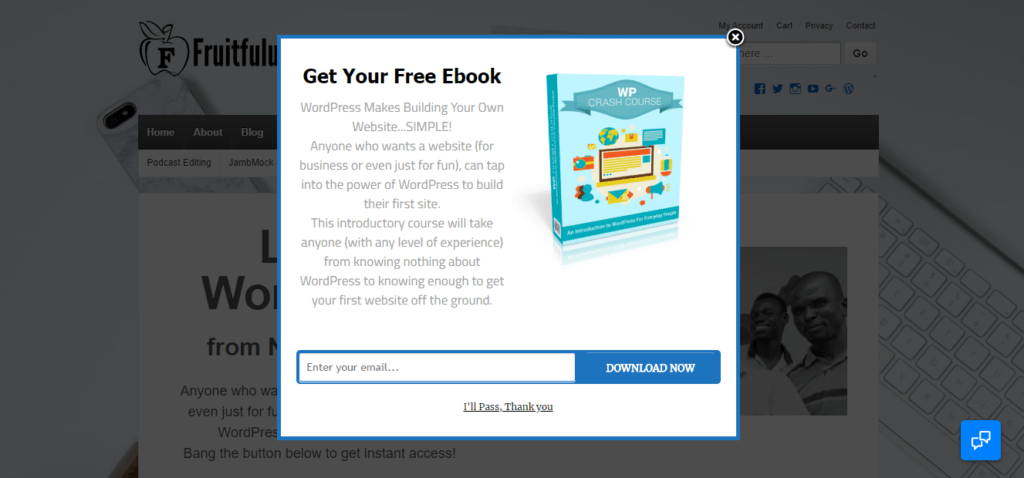How to Optimize Your Local Business Website for SEO
Let’s face it. Most local businesses rely on word of mouth and referrals for getting business.
And while there’s nothing wrong with that, it can take forever for a new business to get off the ground using them.
Furthermore, established businesses, too, would find it hard to grow and scale their business without utilizing the power of SEO and inbound marketing, where your potential customers actually come searching for the services you offer.
But what if you have never done any SEO for your website? Well, fret not, as this post is exactly for you. It would walk you through some of the most important things you need to do to get targeted traffic and potential customers using SEO.
Find the Right, Relevant Keywords
Before optimizing your website for SEO, you need to know what exactly to optimize it for. You need to find out the keywords that your potential customers are using to search for your products or services on Google (you don’t really need to do keyword research for other search engines).
While the Google Keywords Tool does give you this information, it doesn’t reveal the exact number of searches unless you’re buying ad space from Google. So if you want a good alternative, you can use the Keywords Everywhere toolbar, which will display the search volume right under the Google search bar when you search for a particular keyword, as you can see in the screenshot below.

As you can see, there’s also a “Related Keywords” section on the right side where you can find other relevant keywords that you didn’t search for.
Find all the relevant keywords to target this way, and do this for all the different products or services you offer, as well as for the different locations you serve.
You need to then optimize all the relevant pages for these keywords. However, by optimizing, we don’t mean stuffing in the keywords or putting them all over the place.
You just need to naturally mention them in your content where they fit, while making the content relevant to them.
Use Your Homepage Well
Unless you have a strong, specific reason for making your website’s homepage all brand focused with no SEO, you would want to consider using your homepage to target your most important keywords.
This is especially true for small local businesses that offer some specific service, as all they likely want is to get clients for their specific service by ranking in Google. For these businesses, it makes sense to use the homepage to target their most important keywords.
Homepage is the most important page of a website, and it’s usually the easiest to rank for specific keywords than inner pages.
On-Page SEO Optimization
Once you have found the right keywords and decided on how to use your homepage, it’s time to do some (likely much-needed) on-page SEO optimization for your website.
Some of the simple things to implement here include:
- Using your keywords in the H1 and H2 tags (they are mainly the heading and sub-headings, as explained in the image below

- Using your keyword in the URL of your landing pages (example: localseosite.com/plumber-in-austin)
- Writing attractive meta descriptions for your pages and include the keywords in them
- Keeping your URLs short and friendly, and not making them a mess by include numbers or dates
- Interlinking your posts and pages, while also trying to link from your homepage to your most important pages
Don’t Ignore Google Maps
It’s surprising how many location-specific businesses ignore the importance of ranking in Google Maps.
The Google Maps pack ranks above the organic search results for local keywords, as you can see in the screenshot below.

So if you’re nowhere to be seen in Google Maps, you’re certainly missing out on a lot of targeted traffic and, hence, customers.
The first thing to do is to claim your Google My Business listing (or create a new one) if you haven’t already done so. Then optimize it for the right keywords and locations, while requesting your past (and happy) customers to share their review of your service on your business’ GMB (Google My Business) page.
Reviews are the most important factor for ranking in Google Maps besides the location itself.
Finally, you can also go a step further and get yourself listed as a local business in Apple Maps listings and Bing Places.
Creating Multiple Pages
Even if you’re offering the same service in a few different locations, you would get the best results by creating a different page for each of those locations.
The same goes for multiple services for a single location (creating different pages for each service for the same location) or even multiple services for multiple locations. It might not make sense to you if you don’t understand SEO much, but Google ranks your pages based on their topical relevancy.
If you try to put multiple locations on the same page, you would likely rank considerably lower than if you create a separate page for each of the locations you serve.
Get as Many Citations as Possible
Citations are believed to be the most important ranking factor for local SEO, for both the Google “Maps pack” and the usual search results.
A citation is simply a mention of your business. It should ideally include your business’ name, address, phone number and website URL, but some unstructured citation sources mean just some of this information. Citations obviously include local directories as well.
If your local business has been in existence since a few years now, the first thing you would want to do is make sure all the citations your website already has are correct and accurate. Consistency of information across your citations is important here.
The second step would obviously be to build more citations – in fact, as many of them as you can – but without resorting to spamming.
To help you weed out the crap and use only the best of citation sources, here’s a list of 50 high-quality citations for you.
If you’re in a more competitive market, you can use a service like Bright Local to get citations from tens of different sources.
Off-Page SEO
Last but probably the most important is the off-page SEO of your website. Off-page SEO is basically building backlinks to your website.

As you can see above, link signals (backlinks) are the most important factor for organic search rankings, and the second most important factor for Maps pack or local pack.
But how do you get backlinks? Well, you might build some when making citations for your business. Most of the sources we linked to above allow you to link to your website, which is also a backlink.
However, some of them are no-follow backlinks, which mean they may not count as a “real” backlink. Further, even the others that come from citation sources and local directories that are not no-follow aren’t very powerful.
So again, how do you build powerful backlinks that help you rank for your most important keywords?
One of the most effective ways to do this is by having a blog section on your local business website, and creating useful resources for your target audience.
For example, if you’re a plumber, you can create blog posts that help your readers fix minor plumbing issues that don’t really need a professional’s help.
If you’re a car rental company, you can create posts about how to rent a car in your city, the things to look for, how to make sure you don’t get overcharged and so on. You get the idea.
Posting genuinely useful content on your blog can help you attract a lot of quality links over time. Don’t forget to link to your homepage from these blog posts, as that’s how the link juice would pass from the blog posts to your homepage.
Further, “best of” guides tend to work really well with this strategy, given you have the expertise to create them in a way that makes them a truly useful resource.
However, you should also try to do keyword research for these blog posts, as it will allow you to find out what people in your niche are looking for, so that you can come up with the right topics accordingly.
This may not only help you get backlinks but also customers, especially if you target the right keywords. Furthermore, even the other potential customers that land on your website will tend to trust you better as a reliable business, as your blog posts may convince them that you truly know your stuff.
There are many other ways of getting backlinks, but if you aren’t familiar with technical SEO, then this strategy is as simple and effective as it can get for you.
Getting Targeted Traffic is Only Half the Job!
While what we shared above would help you get targeted traffic from Google, other search engines and also other sources, you also need to have a plan for converting the traffic.
If you’re getting a lot of targeted traffic but aren’t being able to convert them into leads or even email subscribers, then you’re certainly leaving a lot of money on the table, not to mention having a much poorer ROI on your campaigns.
MailOptin helps you capture leads without interfering with the user experience, as well as make it incredibly easy for you to build an email list of potential customers and use it to generate sales consistently in the long term.

If you’re already getting some targeted traffic or plan to get targeted traffic soon, do check out the tool and see how it can help you grow your business and getting a much better long-term ROI on all your campaigns.
